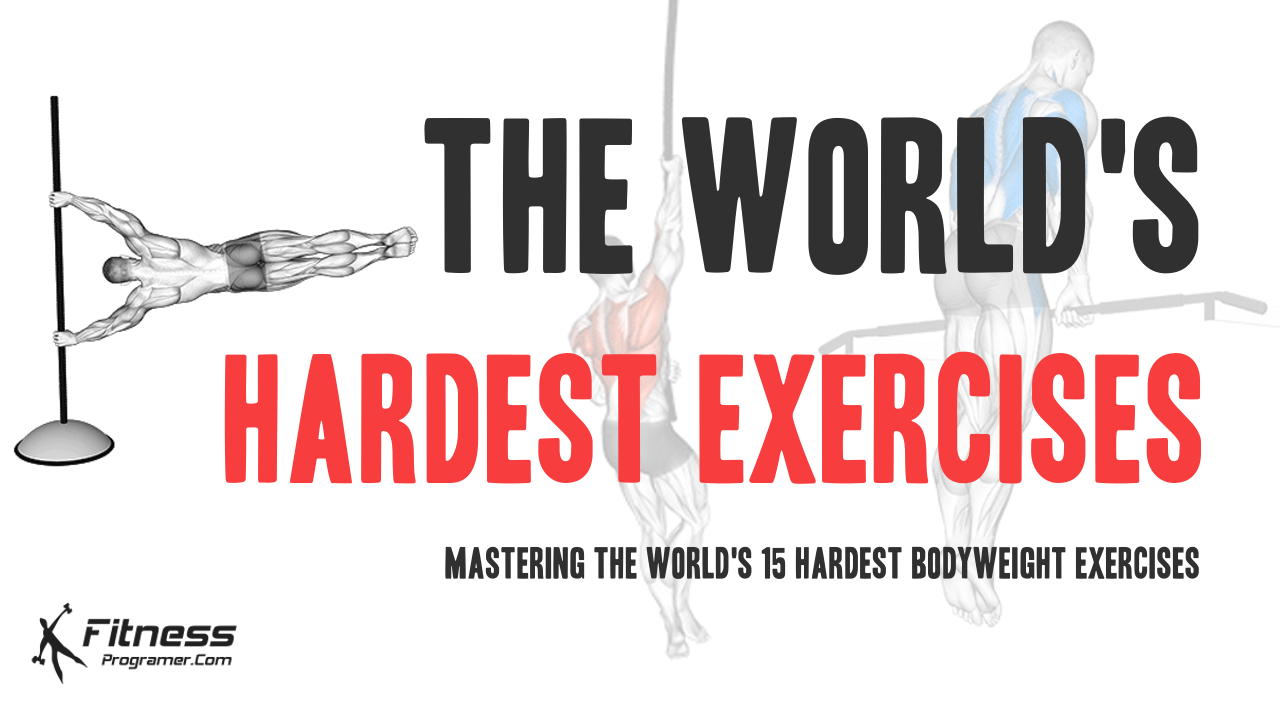Contents
The definition of the hardest exercises can vary depending on an individual’s fitness level, experience, and personal preferences. However, generally speaking, the hardest exercises are those that require a high degree of strength, endurance, flexibility, balance, and coordination, as well as mental toughness and focus.
The human body is a powerful tool for fitness and strength training. While weightlifting is a popular way to build muscle, bodyweight exercises are equally effective and challenging. These exercises often take years of consistent training and practice to master and require significant dedication and discipline. Mastering bodyweight exercises not only improves strength, but also enhances balance, flexibility, and overall fitness. Additionally, bodyweight exercises can be performed anywhere and without equipment, making them accessible to anyone at any time.
There are many challenging exercises out there, but here are 15 hardest exercises that are widely considered to be some of the toughest:
15- Turkish Get-up
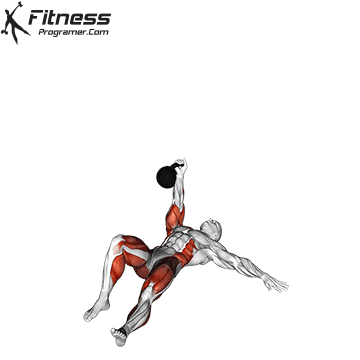
Turkish Get-up is a full-body exercise that is often considered one of the most effective exercises in the world. The exercise involves a series of movements that require a high level of stability, strength, and control. Turkish Get up exercise can be challenging for some people, especially those who are new to workout or have limited mobility or coordination.
However, with practice and proper technique, most people can learn how to do the Turkish Get up safely and effectively. It’s important to start with a light weight or no weight at all, or focus on mastering each step of the move before increasing the intensity.
It’s also a good idea to work with a certified personal trainer or fitness professional who can guide you through the proper form and technique and provide modifications or progressions as needed.
14- Rope Climb
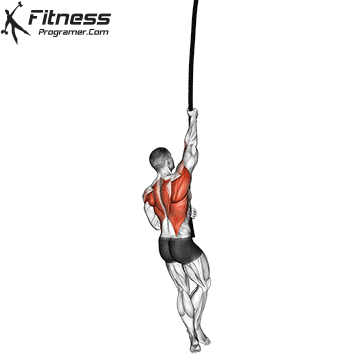
Rope climbing can be considered a difficult exercise, as it requires a significant amount of upper body strength, grip strength, and coordination. Climbing a rope using only your arms and legs is a full-body workout that challenges your strength, endurance, and mobility.
To perform a rope climb, you must first have a sturdy rope and a secure anchor point. You then grip the rope with both hands and use your legs to push off the ground while pulling yourself up with your arms. You continue to alternate between pulling with your arms and pushing with your legs until you reach the top of the rope.
Rope climbing is an excellent exercise for building upper body strength, grip strength, and overall cardiovascular endurance. However, it can be challenging for beginners or those with limited upper body strength or mobility. It’s important to start with a low rope or use modifications, such as foot support or partial climbs, to build up strength and technique gradually.
13- Archer Pull-up
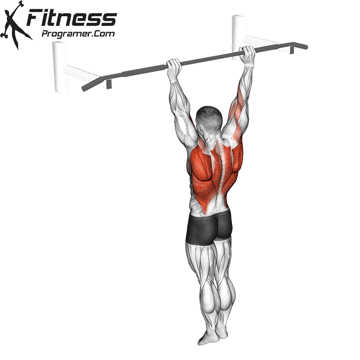
The Archer Pull-up is a challenging exercise that targets the muscles of the back, arms, and shoulders. It is a variation of the standard pull-up that involves asymmetrically pulling your body towards one arm while keeping the other arm straight. The Archer Pull-up is an advanced exercise that requires a significant amount of upper body strength and control. It can be helpful to work on building up your strength with traditional pull-ups and other back and arm exercises before attempting the Archer Pull-up.
12- Korean Dips
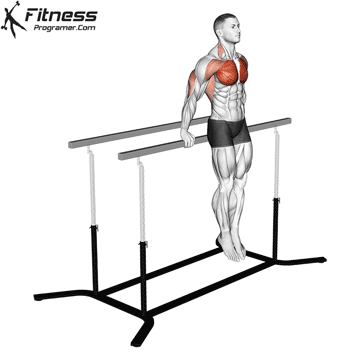
It is an advanced bodyweight exercise that involves performing a dip while maintaining a straight body position.
The Korean Dips primarily targets the triceps, shoulders, and chest muscles, as well as engaging the core muscles to maintain stability and control throughout the movement.
To perform the Korean Dips, you start by getting into a dips position with your hands on parallel bars and your body in a straight line. From there, you slowly lower your body down towards the bars, keeping your elbows tucked in and your body straight, until your arms are bent to around 90 degrees. You then push your body back up to the starting position, maintaining the straight body position throughout the movement.
If you are new to the Korean Dip or have concerns about your ability to perform the exercise safely, it is recommended to seek guidance from a certified personal trainer or fitness professional. You can also start with easier variations like tricep dips and push-ups and gradually progress as strength and control develop.
11- Dragon Flag
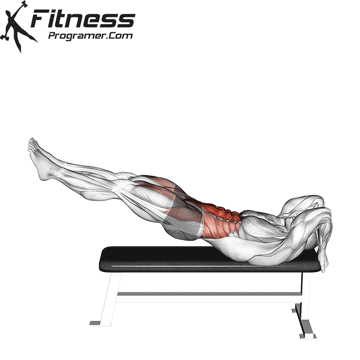
The Dragon Flag is an advanced bodyweight exercise that requires significant core strength and control. It is named after the legendary martial artist, Bruce Lee, who was known for his impressive strength and physical feats.
The Dragon Flag primarily targets the abdominal muscles, including the rectus abdominis, obliques, and transverse abdominis, as well as engaging the hip flexors and lower back muscles.
To perform the Dragon Flag move, you lie on your back on a flat bench. You then grasp the bench behind your head with both hands, and lift your legs and torso off the bench, keeping your body in a straight line. You then lower your body down towards the bench, keeping your legs straight and lowering them as close to the bench as possible without touching it. Finally, you raise your body back up to the starting position, maintaining control and stability throughout the movement.
10- Upside Down Pull-up
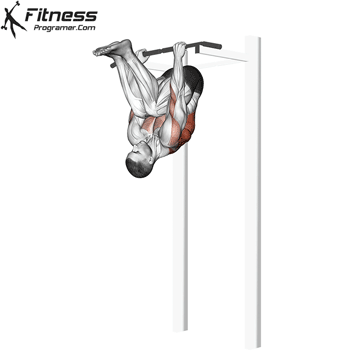
It is an advanced bodyweight exercise that involves hanging upside down from a bar and pulling your body up towards the bar.
The Upside Down Pull-up primarily targets the back muscles, particularly the latissimus dorsi, as well as the biceps and forearms. It also engages the core muscles to maintain stability and control throughout the movement.
It’s essential to have solid upper body strength and strong arms before trying this move, as it can be a challenging and demanding exercise.
9-Pistol Squat
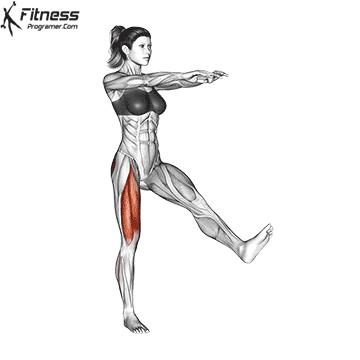
The Pistol Squat is considered a difficult exercise that requires a high level of lower body strength, balance, and flexibility. It is a single-leg squat where one leg is extended straight out in front of the body while the other leg performs a squat motion.
To perform a Pistol Squat, you start by standing on one leg with the other leg extended in front of the body. You then lower your body down into a squat position on the standing leg, while keeping the extended leg off the ground. You then push back up to the starting position, using only the strength of the standing leg.
The Pistol Squat primarily targets the quadriceps, hamstrings, glutes, and core muscles. It can be a challenging exercise, especially for those who are new to single-leg exercises or have limited lower body strength and balance.
However, there are progressions and modifications that can be used to make the Pistol Squat more accessible for beginners or those with limited mobility. These include using a support, such as a wall or chair, to assist with balance, or performing the squat with a partial range of motion until strength and balance improve.
8- Single Arm Push-up on Medicine Ball
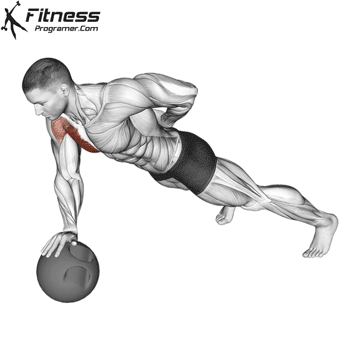
The Single Arm Push-Up on Medicine Ball is a challenging variation of the traditional push-up that requires significant upper body strength, stability, and balance.
To do this move, you start in a push-up position with one hand on the medicine ball and the other behind your back. Your feet should be slightly wider than shoulder-width apart to provide stability. You then lower your body towards the ground, keeping your elbow close to your body, and push back up to the starting position.
The medicine ball adds an element of instability, which requires greater core strength and balance to maintain proper form throughout the movement. The single-arm variation also increases the demand on the chest, shoulders, and triceps, as well as engaging the core and stabilizing muscles of the shoulders and back.
7- Impossible Dips
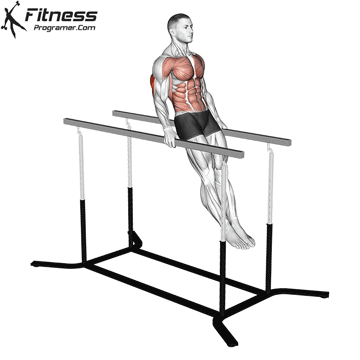
Impossible Dips are an advanced calisthenics exercise that require significant upper body strength and control. They are a challenging variation of the standard dip exercise that involves performing a dip while keeping your legs extended out in front of you, creating an almost “impossible” position.
Impossible Dips primarily target the triceps, chest, and shoulder muscles, as well as engaging the core muscles to maintain stability and control throughout the movement.
6- Muscle-up
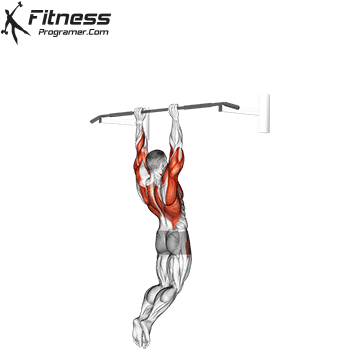
The muscle-up is an advanced calisthenics exercise that requires significant upper body strength, explosive power, and coordination. It is a combination of a pull-up and a dips, where you transition from a hanging position below the bar to an upright position above the bar in one fluid movement.
To perform a muscle-up, start by hanging from a pull-up bar with your palms facing away from you and your arms fully extended. Then, pull yourself up towards the bar until your chest reaches the bar. At the top of the pull-up, explosively drive your hips forward while simultaneously pushing down on the bar to transition into the dips portion of the exercise. Finally, push yourself up to full extension with your arms above the bar.
The muscle-up requires a high level of upper body strength and coordination, particularly in the muscles of the back, shoulders, chest, and triceps. It also requires explosive power to generate the momentum necessary to transition from the pull-up to the dip.
5- Hanstand Push-up

The handstand push-up is an advanced calisthenics exercise that requires significant upper body strength, balance, and stability. It involves performing a push-up while in a handstand position, with your feet supported against a wall or other stable surface.
To perform a handstand push-up, start by getting into a handstand position with your feet resting against a wall or other stable surface. Your hands should be placed shoulder-width apart on the ground, and your arms should be fully extended. Once in the handstand position, lower your body down towards the ground by bending your elbows, and then push yourself back up to the starting position.
The handstand push-up primarily targets the muscles of the shoulders, triceps, and chest. It also requires significant core strength and stability to maintain proper form and balance in the handstand position.
It is important to have a solid foundation of upper body strength and control before attempting the handstand push-up, as it can be a challenging exercise. It is recommended to start with basic push-up and handstand progressions to build strength and coordination, and progress gradually towards the handstand push-up.
4- Finger Push-up
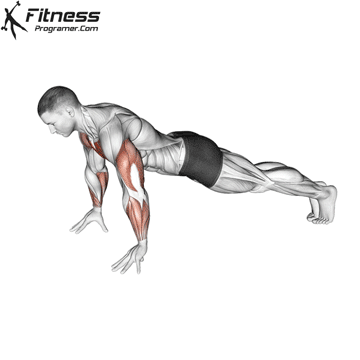
Finger push-ups are a challenging exercise that require significant grip strength and finger control. They are performed in the same way as a traditional push-up, but with the fingertips supporting your body weight instead of the palms of your hands.
To perform a finger push-up, start in a plank position with your hands on the ground and your fingers pointing forward. Lower your body down towards the ground by bending your elbows, keeping your fingers flat on the ground and your wrists straight. Once your chest reaches the ground, push yourself back up to the starting position.
Finger push-ups primarily target the muscles of the chest, shoulders, and triceps, but also require significant finger and grip strength. They can be a useful exercise for athletes who rely on grip strength and finger control, such as rock climbers and martial artists.
It is important to gradually build up finger strength and control before attempting finger push-ups, as they can be very challenging and put stress on the joints of the fingers and wrists. Starting with grip-strengthening exercises such as hanging from a bar or using grip trainers can be helpful in building up to finger push-ups.
3- Handstand Walk
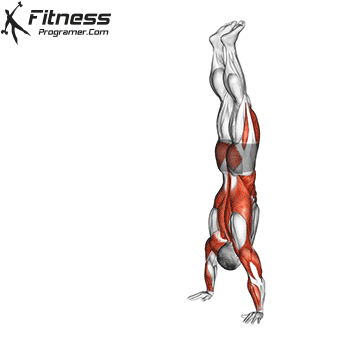
The handstand walk is a bodyweight exercise that involves walking on your hands with your feet off the ground. This exercise requires significant upper body strength, balance, and coordination. It is a challenging exercise that requires a lot of practice to master.
To perform a handstand walk, start by kicking up into a handstand position against a wall. Once you are in the handstand position, begin to shift your weight from one hand to the other, taking small steps with your hands. As you get more comfortable with the movement, you can start to take larger steps and move away from the wall.
Overall, the handstand walk is a difficult exercise that requires a lot of practice and dedication to master. However, with the right approach and consistent training, it is a skill that can be achieved by anyone willing to put in the work.
2- Planche Push-up
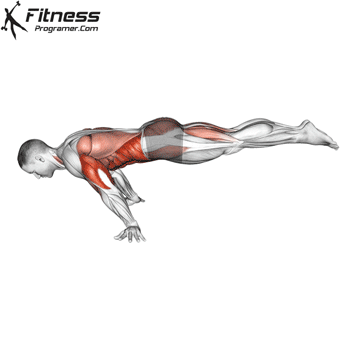
The planche push-up is a very challenging bodyweight exercise that requires a high level of strength, balance, and control. It involves holding a planche position, which is a horizontal position with the arms straight and the body suspended in the air, and then performing a push-up from this position.
To execute a planche push-up, one must first have a solid foundation in basic push-ups, as well as advanced bodyweight exercises such as dips, handstands, and L-sits. The planche push-up requires a tremendous amount of core strength, as well as upper body strength in the shoulders, chest, and triceps.
To begin practicing the planche push-up, it is important to first master the planche hold, which involves holding the planche position for a period of time. This can be done by starting with easier progressions, such as the tuck planche or the advanced tuck planche, and gradually working up to the full planche position.
1- Human Flag

The human flag is a gymnastics and calisthenics move that involves holding your body horizontally while gripping a vertical pole or other object. This impressive exercise requires significant upper body and core strength, as well as balance and stability.
To perform a human flag, you start by gripping the pole with both hands and lifting your feet off the ground. Your body should be perpendicular to the pole, with your arms fully extended and your core engaged. Your legs can be straight or slightly bent at the knees.
Once you are in position, you hold the human flag for as long as you can. This can be challenging, as it requires a lot of strength to hold your body weight in this position.
To build the strength needed for a human flag, you can incorporate exercises like pull-ups, chin-ups, and bodyweight rows into your training routine. You can also practice holding a horizontal position on a low bar or parallel bars to work on your stability and balance.
Overall, the human flag is a challenging exercise that requires a lot of practice and dedication to master. But with consistent training and proper technique, anyone can work towards achieving this impressive feat of strength and athleticism.

